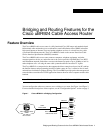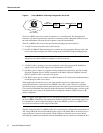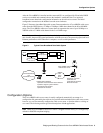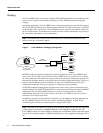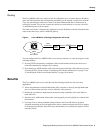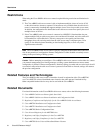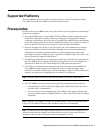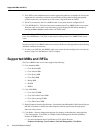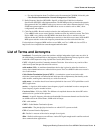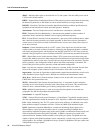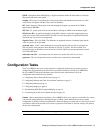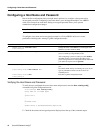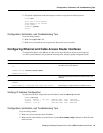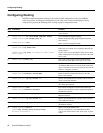
Bridging and Routing Features for the Cisco uBR924 Cable Access Router 1
Bridging and Routing Features for the
Cisco uBR924 Cable Access Router
Feature Overview
The Cisco uBR924 cable access router is a fully-functional Cisco IOS router and standards-based
bidirectional cable modem that gives a residential or small office/home office (SOHO) subscriber
high-speed Internet or Intranet access and packet telephone services via a shared two-way cable
system and IP backbone network. The Cisco uBR924 is based on the current Data-Over-Cable
Service Interface Specifications (DOCSIS) standards.
The Cisco uBR924 cable access router connects computers, telephone equipment, and other
customer premises devices at a subscriber site to the service provider’s Hybrid/Fiber Coax (HFC)
and IP backbone network. Subscribers can access the Internet at speeds of up to 10 Mbps as well as
make telephone calls—all using the same cable system that delivers broadcast TV signals.
The Cisco uBR924 is a compact device that supports the direct connection of up to four PCs and has
the familiar features and programming interface of other routers in Cisco’s extensive line of small-
and medium-sized business product offerings. The Cisco uBR924 provides packet data transport and
network address translation for TCP/IP applications between home or office computers and the cable
headend.
Note This document describes the features available in Cisco IOS Release 12.0(5)T.
You can configure the cable access router to act as a bridge or as a router. See Figure 1 and Figure 2.
For more detailed descriptions of these options, see the “Configuration Options” section on page 3.
Figure 1 Cisco uBR924 in a Bridging Configuration
Cisco uBR7200 series
CMTS
CATV
coaxial cable
HFC network
Cisco uBR900 series
cable access router
Ethernet
Ethernet
Ethernet
PC
PC
PC



